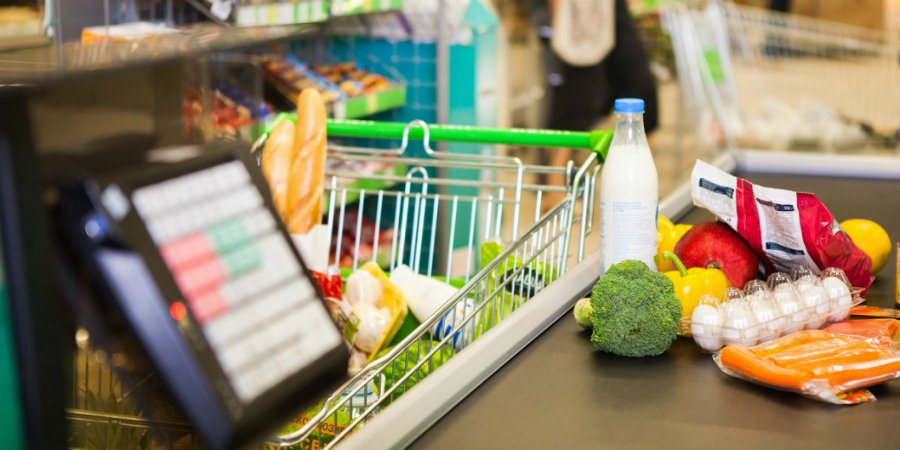Since the beginning of the conflict in Ukraine, food prices have been steadily rising and this week was no exception. DECO’s protest analysis of the staple food basket recorded a slight increase of 0.2% (plus 40 cents) in the past week, for a total cost of €210.83.
The Consumers Association noted that “the increases were felt in all categories of food, and above all, it was meat and fish that saw their prices rise the most.”
According to the organization, “Between February 23 and October 5, the fish has already registered an increase of 18.99% (another 11.45 euros). When calculating only one kilogram of salmon, hake, mackerel, black shellfish, sea bass, and bass. For bream, perch and cod, the consumer may have to spend an average of €71.76. Meat, in turn, increased by 17.6% (plus €5.67). To buy a kilo of sirloin, chicken, pork chops, pork chops, steaks Turkey, cooking veal and turkey legs, the cost can now be, on average, €37.92.”
The Consumer Protection Association monitors prices for a basket of 63 basic food products each week that includes items such as turkey, chicken, hake, mackerel, onions, potatoes, carrots, bananas, apples, oranges, rice, pasta, and sugar. ., ham, milk, cheese and butter.
Between September 28 and October 5, the 10 products with the highest price increase were tomato pulp (up 9%), zucchini (up 8%), pasta (up 7%), onions (up 7%), and black . Sheath fish (6% increase), curly lettuce (6% increase), ground roasted coffee (4% increase), cod (4% increase), tuna in vegetable oil (plus 4%) and whole grains (plus 3 %).
Since February 23, when DECO began the analysis, the day before the Russian invasion of Ukraine, the price of the same basket has already increased by 14.82%, at a cost this week of 27.2 euros more than it did at the end of February.
Fish (18.99% more) and meat (17.6% more) featured in the period analyzed by DECO Proteste, but fruits and vegetables (15.56% more), dairy (11.09% more), groceries (10.43% more) and frozen products (5.33 more). % more) also increased.
“The 10 products that saw their prices increase the most between February 23 and October 5 were fresh hake (up 64%), broccoli (up 48%), kale (up 42%), whole-grain chicken (32% up), turkey and steak (up 42%). 30% more), tomato pulp (28% more), Maria biscuits (27% more), cake flour (24% more), bream (22% more) and whole grains (21% more).
The association explains that this increase is due to the fact that Portugal “relies heavily on foreign markets to ensure the supply of grains for internal consumption”, which “currently accounts for only 3.5% of the national agricultural production: mainly maize (56%), wheat (19%) and rice. (16%).
“And if in the early 1990s grain self-sufficiency was about 50%, currently the value does not exceed 19.4%, which is one of the lowest in the world and which forces the country to import about 80% of the grain it consumes”, adds Deco.
The organization explains that “the Russian invasion of Ukraine, where most of the grain consumed in the European Union and, consequently, in Portugal comes from, has come to put more pressure on a sector that for months has been grappling with the consequences of the epidemic and drought with a strong impact on production and stock formation.”
“Reducing the supply of raw materials and increasing production costs, that is, the energy needed to produce agricultural food, may, therefore, be reflected in an increase in prices on international markets, and therefore in prices at the consumer,” he asserts.

“Wannabe internet buff. Future teen idol. Hardcore zombie guru. Gamer. Avid creator. Entrepreneur. Bacon ninja.”

